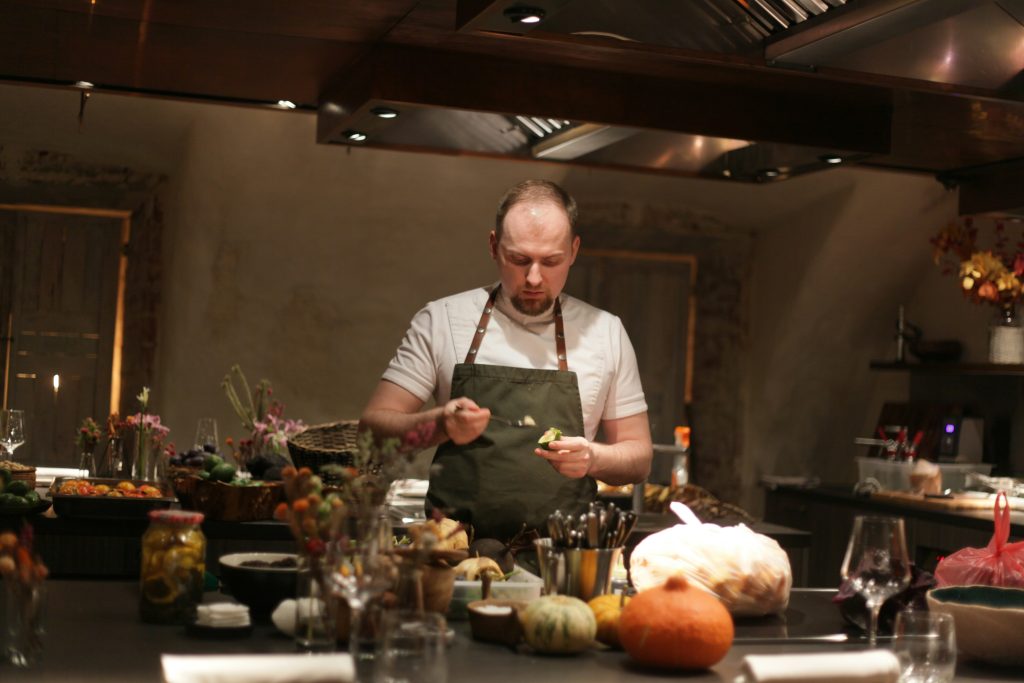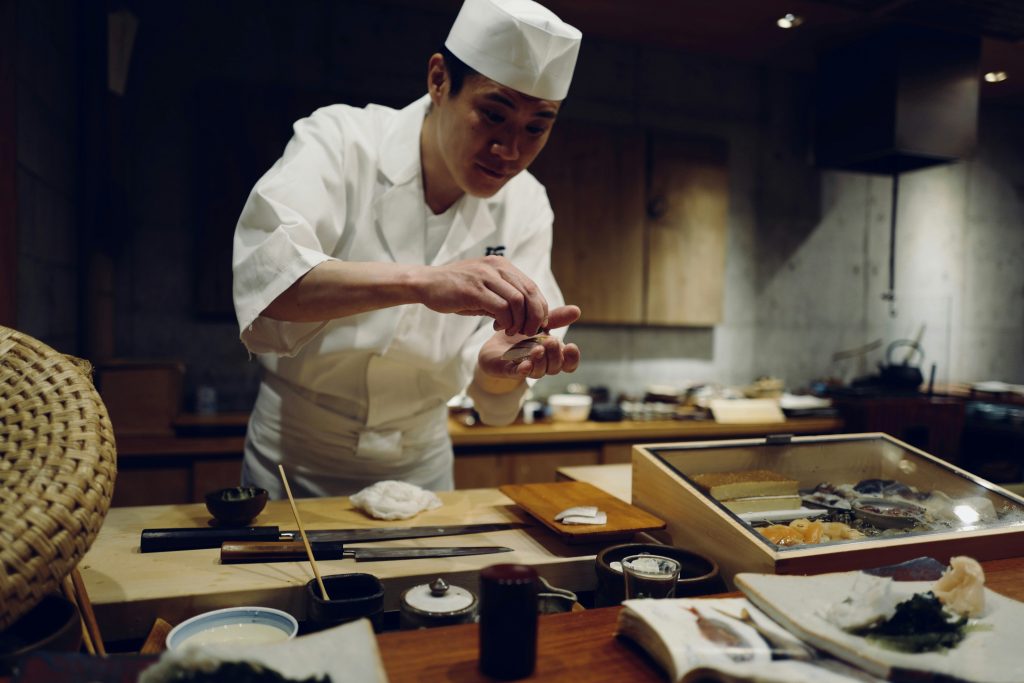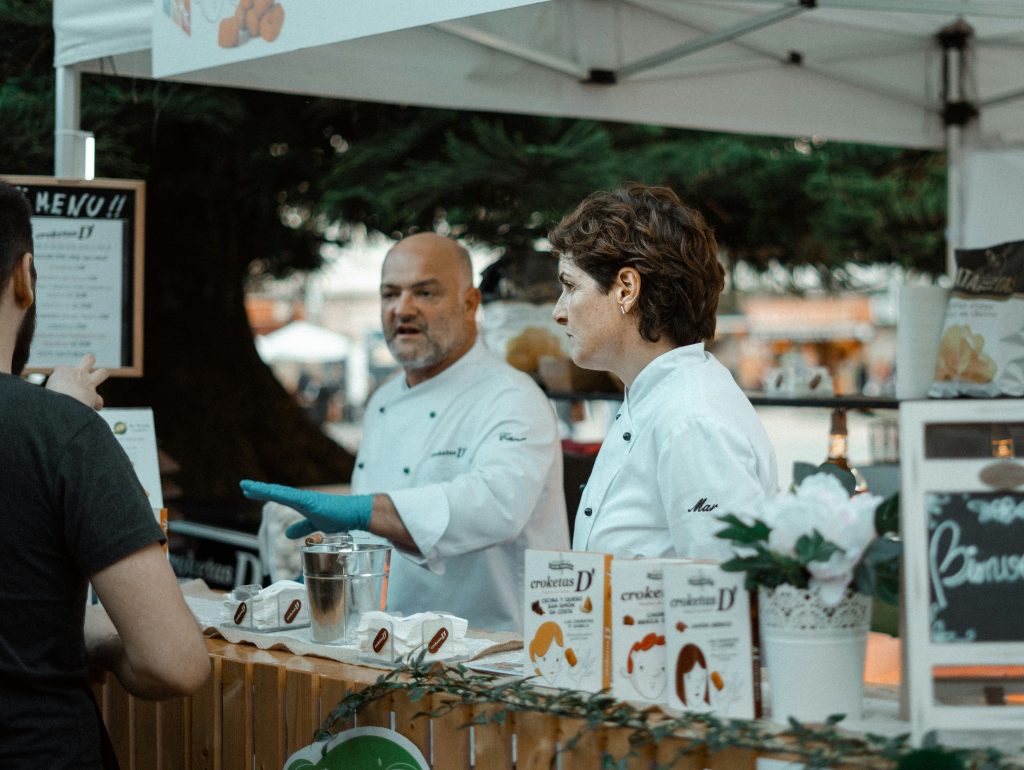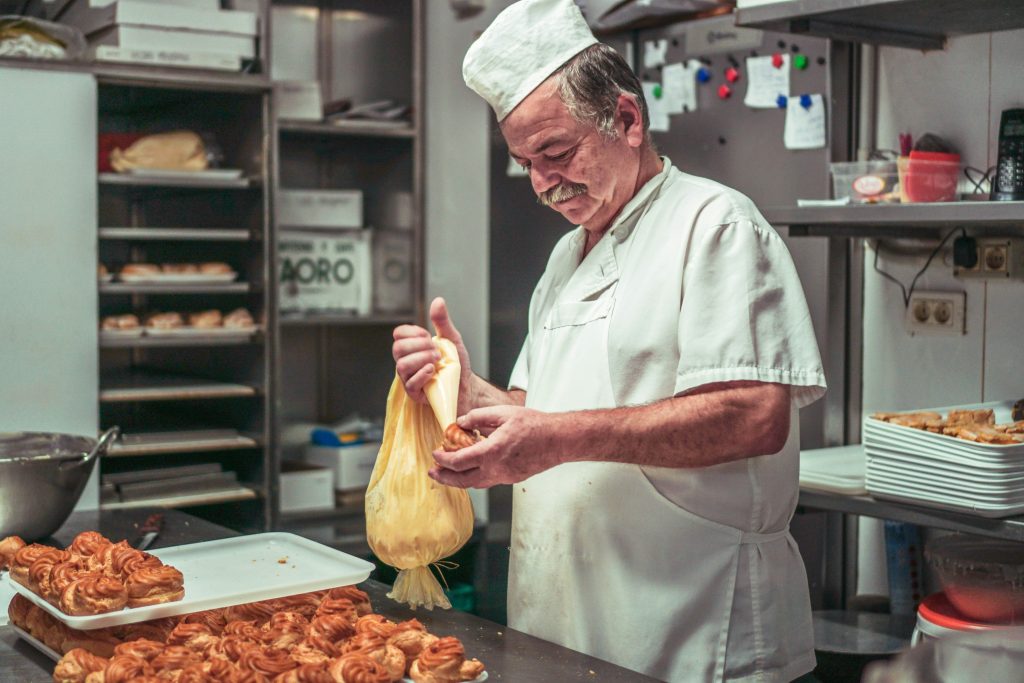
Communication plays a crucial role in every workplace, but it’s especially critical in the restaurant industry. With turnover rates as high as 20% annually, poor communication ranks as the top reason why staff members leave their jobs. Effective team communication can significantly enhance the hospitality industry by fostering a supportive work culture and boosting productivity.
To cultivate a cohesive team and improve overall work dynamics, restaurant leaders must master the art of clear and consistent communication. In this blog post, we share practical strategies to prioritise and enhance communication within your restaurant. By implementing these techniques, you can strengthen team collaboration, eliminate communication barriers, and ultimately enhance the customer experience, positively impacting your restaurant’s success.
1. Promote open communication in your restaurant

Having accessible communication channels encourages staff to raise concerns promptly, preventing issues from escalating.
An open door policy is a straightforward way to increase accessibility to managers. By keeping your office door open, you create an inviting atmosphere where information flows freely, keeping you informed about restaurant operations in real-time.
Similarly, leveraging a mobile scheduling and communication app removes communication barriers. This technology allows staff to reach out to management directly, even for sensitive matters they might prefer to discuss in writing. Many employee scheduling platforms include messaging features, streamlining communication within a single tool.
Whether through a digital platform or an open door, making yourself accessible to your team will make effective team communication easier.
2. Enhance team communication

Implementing effective communication techniques and tools streamlines team interactions in your restaurant. Simplifying communication processes enables your team to effortlessly share and receive information.
For instance, integrating your restaurant’s POS system can facilitate seamless communication between front-of-house (FOH) and back-of-house (BOH) teams. Tableside ordering for FOH staff and a kitchen display system for BOH staff ensure automatic and immediate communication between these crucial areas.
Establishing clear communication frameworks, such as an employee time-off request policy, further enhances operational efficiency. This policy enables staff to request time off efficiently, ensuring requests are processed promptly and without disruption.
By establishing and communicating these streamlined communication processes effectively, your restaurant empowers employees to focus less on navigating communication challenges and more on delivering exceptional service.
3. Consistent communication: rinse and repeat

Think back to how many times your mum had to remind you to clean your room before it finally sank in. Maybe it took a sticky note on your door for the message to click. As a restaurant manager, you can appreciate this challenge firsthand.
Repeating messages is important because it often takes multiple reminders for information to stick. People learn in different ways — some need verbal repetition, some benefit from writing things down, and others grasp concepts best through reading. To ensure clarity, reinforce messages through multiple channels and establish regular communication routines so everyone knows when to expect updates.
Here are practical ways to implement this approach in your restaurant:
All-staff announcements
For important announcements affecting the team, start by communicating during pre-shift meetings. Follow up by sharing the information through your restaurant’s digital communication platform. Enhance retention by posting a notice in a prominent location where all staff can see it.
Staff training
During onboarding, new employees learn best through hands-on experience and shadowing seasoned team members. Reinforce knowledge by referencing the recipe book for cooks or using online learning modules that appeal to mobile-friendly formats, engaging younger staff effectively.
One-on-one meetings
While one-on-one discussions ensure focused attention, summarising key points in a brief email or message through your team communication tool reinforces understanding and serves as a reference.
Consistent reinforcement of communication ensures clarity and accessibility of information for everyone in your restaurant team.
4. Clarify scheduling procedures

Just because you understand something well, doesn’t mean everyone does. This can lead to confusion, especially with employee scheduling. After carefully considering time-off requests and creating a balanced employee schedule, it’s essential to explain how to interpret the schedule to your team. This simple step minimises confusion and reduces the likelihood of missed shifts.
Flexibility in scheduling is key to reducing turnover, so establish clear protocols for shift swaps and ensure your staff is well-informed about them.
5. Establish change management procedures

Restaurants are dynamic environments where menus and operating hours can frequently change. To prevent confusion when introducing new menu items or adjusting operating hours, establish a structured approach to communicate and manage these changes effectively.
Whether through all-staff meetings or your restaurant’s team messaging platform, ensure your team knows where and how they will receive updates. This proactive approach keeps everyone informed and aligned right from the start.
The power of effective restaurant communication
In restaurants, the impact of clear communication cannot be overstated. Poor communication can result in subpar customer service and high turnover rates among employees. However, by implementing straightforward improvements, such as ensuring managers are accessible, establishing frameworks for team building, reinforcing messages through repetition, clarifying scheduling procedures, and instituting a clear process for sharing updates, significant improvements can be achieved within the hospitality industry. When these elements are in place, restaurants teams can collaborate more effectively, leading to enhanced overall success.